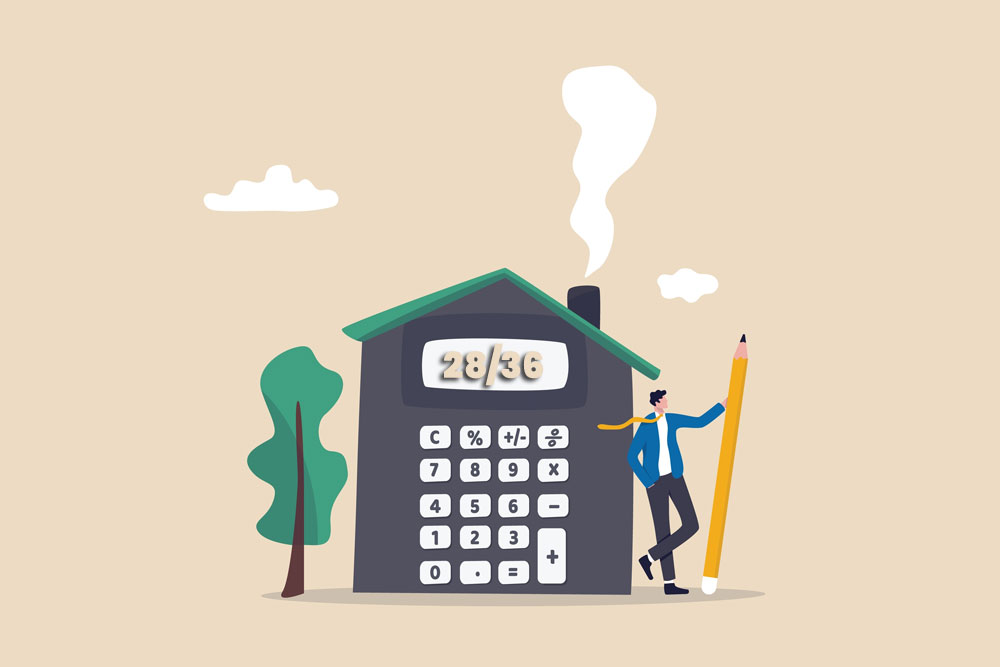You found the home of your dreams in Orem, Utah, but how much can you really afford to borrow?
As a home buyer, you need to be comfortable with your monthly mortgage payment. Before you commit to what might be with biggest financial undertaking of your lifetime, take the 28/.36 rule into consideration. Mortgage lenders make use of this rule of thumb when making underwriting decisions, and it’s a helpful tool for home buyers as well. Here, the Intercap Lending team explains everything you need to know.

How Mortgage Lenders View the 28/36 Rule
The 28/36 mortgage rule is pretty straightforward. The rule says that when you’re in need of financing, you should make sure that:
- Your housing costs don’t exceed 28 percent of your gross monthly income.
- No more than 36 percent of your income is going toward household debts.
If both statements are true, you should be able to afford a mortgage. Lenders look at the rule as a telltale sign of financial health, and anyone who doesn’t fit the criteria is seen as having a higher risk of defaulting on a home loan. With a high credit score, some lenders may be willing to bend the rule, but there’s no guarantee that will happen.
Figuring Out How Much Mortgage You Can Afford
Putting the 28/36 rule for home loans to use is easier than many people think. Check out the following example, and you’ll see what we mean:
Let’s say that your gross monthly income – what you earn before taxes are taken out – is $6,000. Take 28 percent of that, and you have the amount of mortgage you can afford. Here’s how that looks:
$6,000 x .28 = $1,680
Under the 28/36 model, your household debts – including car loans, credit cards and other financial obligations — should total no more than 36 percent of your gross income. So with $7,000 in monthly pretax earnings, the calculation is:
$6,000 x .36 = $2,160
To summarize, if you’re making $6,000 a month and your recurring debts are no more than $2,160, a mortgage payment of $1,680 would be affordable. Your income probably isn’t exactly $6,000, but you can swap that number out in the equations above to see if you meet the requirements of the mortgage rule.
Strategies to Qualify for a Home Loan
After doing the math, you might be wondering what you can do to qualify for a mortgage. Going for an FHA loan is one option, as the Federal Housing Authority isn’t as rigid in regards to the 28/36 rule. Other approaches you might try include:
- Looking for ways to boost your income
- Working on paying down your debts
- Saving for a larger down payment
Turning to an experienced mortgage broker – like the professionals at Intercap Lending in Orem, Utah – is also a smart move. As home loan experts, we’re a go-to source for information and advice on financing. For more on the 28/36 rule and tips on qualifying for a mortgage, contact our office today.




